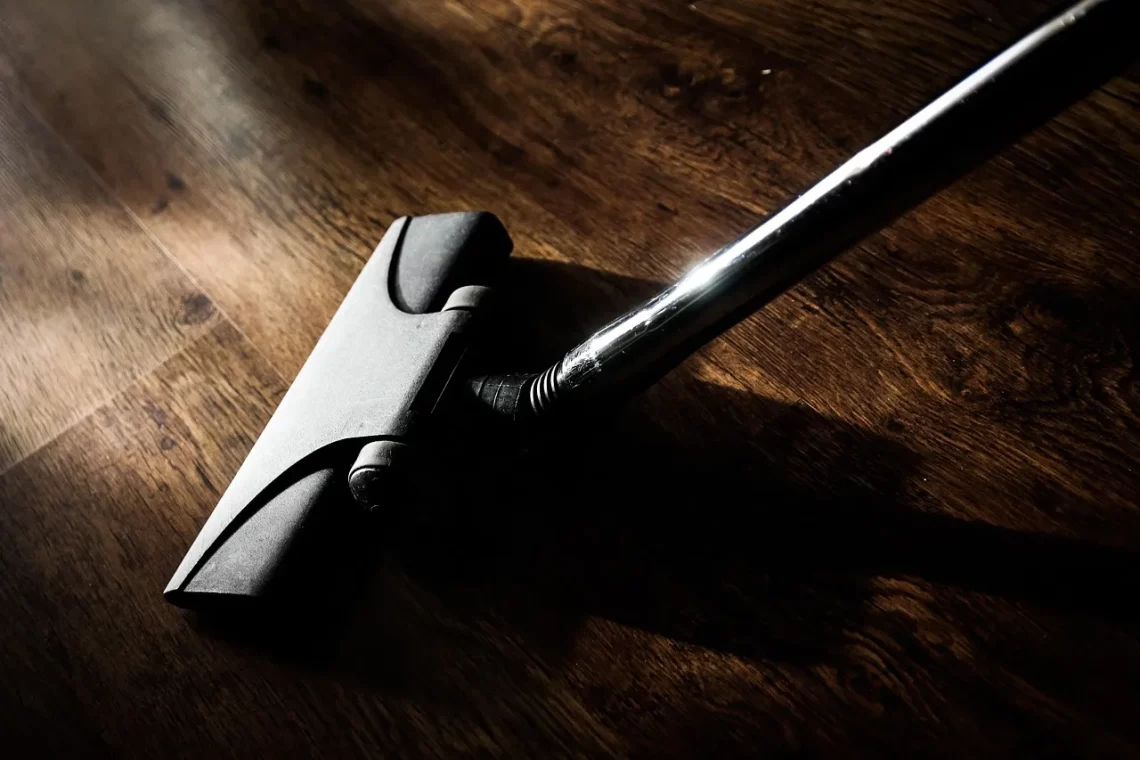
Effective Ways to Remove Puke Smell from Your Couch
Cleaning up after a pet or child can be a challenging experience, especially when it comes to dealing with unpleasant odors that linger long after the mess has been cleaned. One of the most notorious offenders is the smell of vomit, which can seep deep into fabrics and upholstery, creating an uncomfortable environment in your home. It’s essential to address these odors promptly and effectively, as they can not only be unpleasant but may also become a breeding ground for bacteria and mold if left unchecked.
Understanding the source of the odor and the materials involved can help you choose the right cleaning method. Different fabrics and surfaces may require unique approaches, and knowing how to tackle the problem can save you time and money in the long run. In addition to the standard cleaning products you might already have at home, there are also several natural remedies that can be just as effective, if not more so, in eliminating those stubborn smells.
The key to success lies in acting quickly and using the right techniques to ensure that your couch—and your living space—returns to its fresh, inviting state. The following sections will explore various methods and tips to effectively remove vomit odors from your couch, helping you reclaim your comfortable living environment.
Immediate Action: How to Address the Mess
When faced with vomit on your couch, the first step is to act quickly. The sooner you address the mess, the easier it will be to eliminate the odor. Begin by carefully removing any solid material. Use a pair of disposable gloves to protect your hands, and gently scoop up the vomit with a paper towel or a plastic bag. Be cautious not to rub the material into the fabric, as this can spread the stain and the smell.
Once you have removed the bulk of the mess, it is crucial to clean the affected area thoroughly. Blot the area with a clean, damp cloth to absorb any remaining liquid. Avoid scrubbing, as this can damage the fabric and push the stain deeper. After blotting, prepare a cleaning solution. A mixture of warm water and dish soap is often effective for most upholstery fabrics. Apply the solution to a clean cloth and gently dab the stained area.
If the odor persists after cleaning with soap and water, consider using a mixture of vinegar and water. The acidity of vinegar can help neutralize odors effectively. Mix equal parts of white vinegar and water in a spray bottle and lightly mist the affected area. Allow it to sit for a few minutes before blotting it up with a clean cloth.
However, it’s essential to conduct a patch test on an inconspicuous area of your couch before applying any cleaning solution, as some fabrics may react poorly to certain chemicals.
Using Baking Soda: A Natural Odor Eliminator
Baking soda is a versatile and powerful natural remedy for removing odors from various surfaces, including upholstery. After you’ve cleaned the vomit and the area is dry, sprinkle a generous amount of baking soda over the affected area. Baking soda works by absorbing moisture and odors, making it an excellent choice for neutralizing the unpleasant smell left behind.
Allow the baking soda to sit on the fabric for several hours, or overnight if possible. The longer it remains on the surface, the more effective it will be at absorbing the odor. Once the time has passed, use a vacuum cleaner with an upholstery attachment to remove the baking soda. Be thorough, as any remaining powder can attract dirt or leave a residue.
If the smell persists after using baking soda, you can repeat the process or combine it with essential oils for a pleasant fragrance. Adding a few drops of essential oil, such as lavender or lemon, to the baking soda before sprinkling it on can help create a more inviting aroma while still tackling the odor.
In addition to its odor-eliminating properties, baking soda is also safe for most fabrics, making it an ideal choice for those concerned about using harsh chemicals in their home.
Commercial Cleaning Products: When to Use Them
While natural remedies are often effective, there may be instances when commercial cleaning products are necessary, especially for stubborn odors. Many manufacturers create specialized upholstery cleaners designed to tackle tough stains and odors, including those caused by vomit. When selecting a product, look for enzyme-based cleaners, as they are specifically designed to break down organic materials and eliminate odors at the source.
Before using a commercial cleaner, always read the label and follow the manufacturer’s instructions carefully. Some products may require you to dilute them with water, while others can be applied directly to the fabric.
When applying a commercial cleaner, use a clean cloth or sponge to apply the solution to the affected area. Gently blot the stain and allow the product to sit for the recommended time to ensure it works effectively. Afterward, rinse the area with clean water to remove any residue, and blot it dry with a towel.
It’s also essential to conduct a patch test before using any commercial cleaner to ensure it won’t damage or discolor your couch fabric.
Finally, consider investing in a fabric protector after successfully removing the odor. Fabric protectors can provide an additional layer of defense against spills and stains, making future cleanups easier.
Preventive Measures: Keeping Your Couch Fresh
Once you’ve successfully removed the vomit smell from your couch, it’s essential to take preventive measures to keep it smelling fresh in the future. Regular maintenance can go a long way in preserving your upholstery and preventing odors from becoming a recurring issue.
Start by vacuuming your couch regularly to remove dust, pet hair, and debris that can contribute to unpleasant smells. A vacuum with an upholstery attachment will help you reach crevices and corners that often collect dirt.
In addition to regular vacuuming, consider using fabric sprays designed to neutralize odors. These sprays can be applied between deep cleanings to help maintain a fresh scent. Choose products that are safe for your upholstery fabric and free from harsh chemicals.
You might also want to establish a no-food and drink policy on the couch to minimize spills and messes. If you have children or pets, consider using washable couch covers that can be easily removed and cleaned.
Furthermore, allowing fresh air to circulate in your living space can help reduce odors. Open windows when weather permits, or use air purifiers to keep the air quality high and eliminate lingering smells.
In conclusion, maintaining a fresh and clean couch is achievable with the right techniques and regular care. By promptly addressing spills, utilizing natural and commercial cleaning solutions, and implementing preventive measures, you can keep your living space comfortable and inviting for all.
**Disclaimer:** This article is for informational purposes only and does not constitute medical advice. For any health-related concerns, please consult a healthcare professional.




